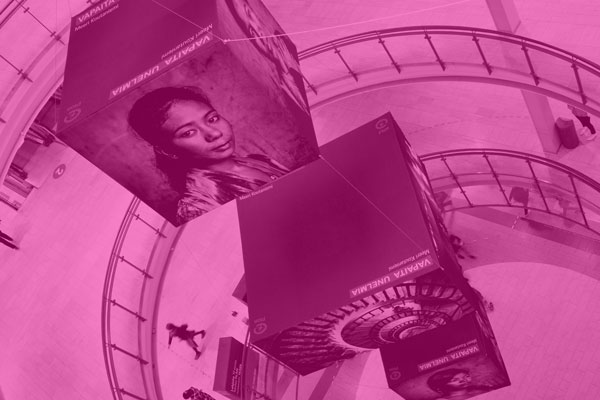Significant advances were made in child protection and the improvement of girls’ position during Plan International Finland’s year. Thanks to joint campaigning by organisations, the UN General Assembly made a decision that will increase the pressure on banning child marriages in all countries. In our area of operations, we influenced legislation that will improve the lives of a total of 151 million children. At the grass root level, we worked to improve child protection, education, early childhood education and youth employment in more than 80,000 communities. Together, we achieved a lot! You can read more about our work last year below.
Plan International is one of the largest and oldest children’s rights organisations in the world. Religiously and politically unaffiliated, Plan operated in a total of 71 countries in 2015. In particular, our aim is to improve the quality of life of children in the weakest position and the position of girls in developing countries. We work in education, health, water and sanitation, protection, economic safety, disaster relief work, children’s participation and sexual and reproductive health.
During the financial year 2015, the operations of Plan International expanded into a new country, Nigeria. We are working for the education and protection of girls in Africa’s most populous country. Plan’s programme work in Nigeria is beginning in a socially difficult situation in which the terrorist organisation Boko Haram has violently attacked against education and girls’ rights.
Of the 71 Plan countries, 51 are programme countries and 21 are donor countries (two of the donor countries, India and Colombia, are also programme countries). In 2015, Plan’s global spending on its operations amounted to EUR 810 million, up 14% year-on-year. During the operational period, we implemented 216 programmes and over 4,000 projects, with over 100 million children in their sphere of influence.
█ Programme countries
█ Programme countries/donor countries
█ Plan Finland’s programme countries
As part of the international organisation, Plan International Finland carries out development cooperation with the support of sponsors and donors, institutional funding and corporate donors. Our work is supported by over 18,000 Finnish sponsors, which makes Plan the biggest sponsor organisation in Finland. Globally, Plan’s sponsor operations covered 1.4 million children during the operational period.
Plan International Finland is a programme support organisation of the Ministry for Foreign Affairs. The Ministry funds Plan’s programmes under three-year agreements, the previous of which for 2012–2014 ended during the operational period. Plan International Finland’s work reached over 600,000 children in 15 countries during the three-year period. For example, the improvements of basic education that we sponsored directly benefited over 97,000 girls and 82,000 boys, and over 420,000 children and adults took part in our child protection operations.

In total, Plan International Finland spent EUR 11.2 million on development programmes in 2015. The share of other sources of funds, such as EU funding, increased in development programmes year-on-year. We signed agreements on new projects in Cambodia, Ethiopia and Kenya. In cooperation with businesses, we strengthened our role as a pioneer that efficiently utilises information technology in support of development programmes. Our position in humanitarian work strengthened due to the ECHO status granted by the EU.
Plan International Finland prepared a new strategy aligned with Plan International during the financial year. In programme work, preparation for climate change and improving governance and the involvement of children rose as new themes alongside education and early childhood education, child protection and youth employment.















































